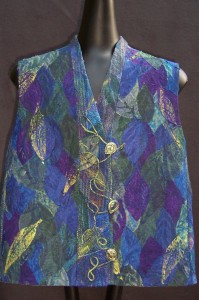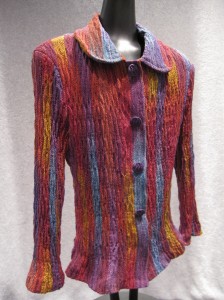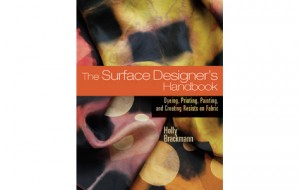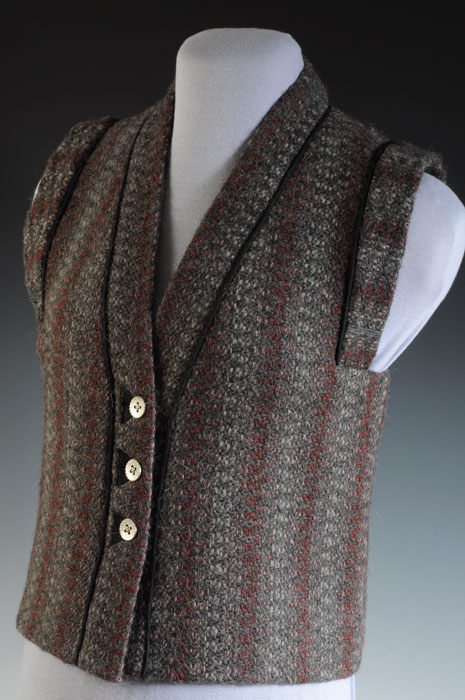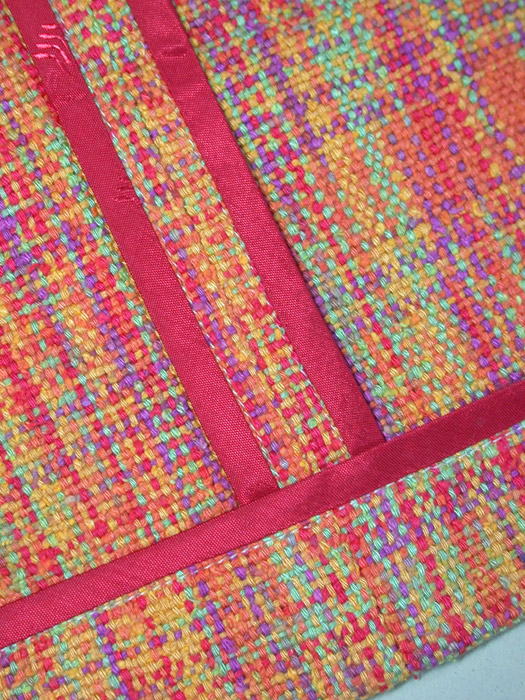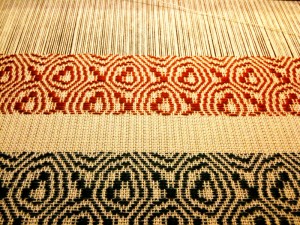BACKSTRAP WEAVING WITH LAVERNE WADDINGTON
Workshop and presentation at Black Sheep Handweaver’s Guild Meeting
Guild Meeting Presentation: April 18th 7:30 pm
Workshop: April 19th – 21st, 2013 Menlo Park, California
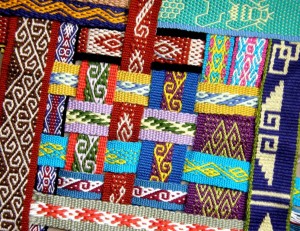 One of the more miraculous benefits of crafts such as backstrap weaving is that it soothes our neurons. Not only are we making something unique, beautiful and long-lasting, but as we sink into letting our fingers learn the rhythm of counting threads and twisting our minds around an ancient pattern, there is something profoundly restorative. Join us in a three-day backstrap weaving workshop with Laverne Waddington.
One of the more miraculous benefits of crafts such as backstrap weaving is that it soothes our neurons. Not only are we making something unique, beautiful and long-lasting, but as we sink into letting our fingers learn the rhythm of counting threads and twisting our minds around an ancient pattern, there is something profoundly restorative. Join us in a three-day backstrap weaving workshop with Laverne Waddington.
When: Friday, April 19th – Sunday, April 21st, 2013
Where: Menlo Park, California
Cost: $180, plus $10 materials fee ($210 for non-guild members)
Please send deposit check of $100, made out to BlackSheep Handweavers’ Guild, to Gloria Miller, 383 Green Ridge Dr. #3, Daly City CA 94014
Sign ups are full, but if you would like to be put on a wait list, please contact Kathleen Dickey, k8dickey@gmail.com
Please visit Laverne’s website: http://backstrapweaving.wordpress.com/ for more information.
